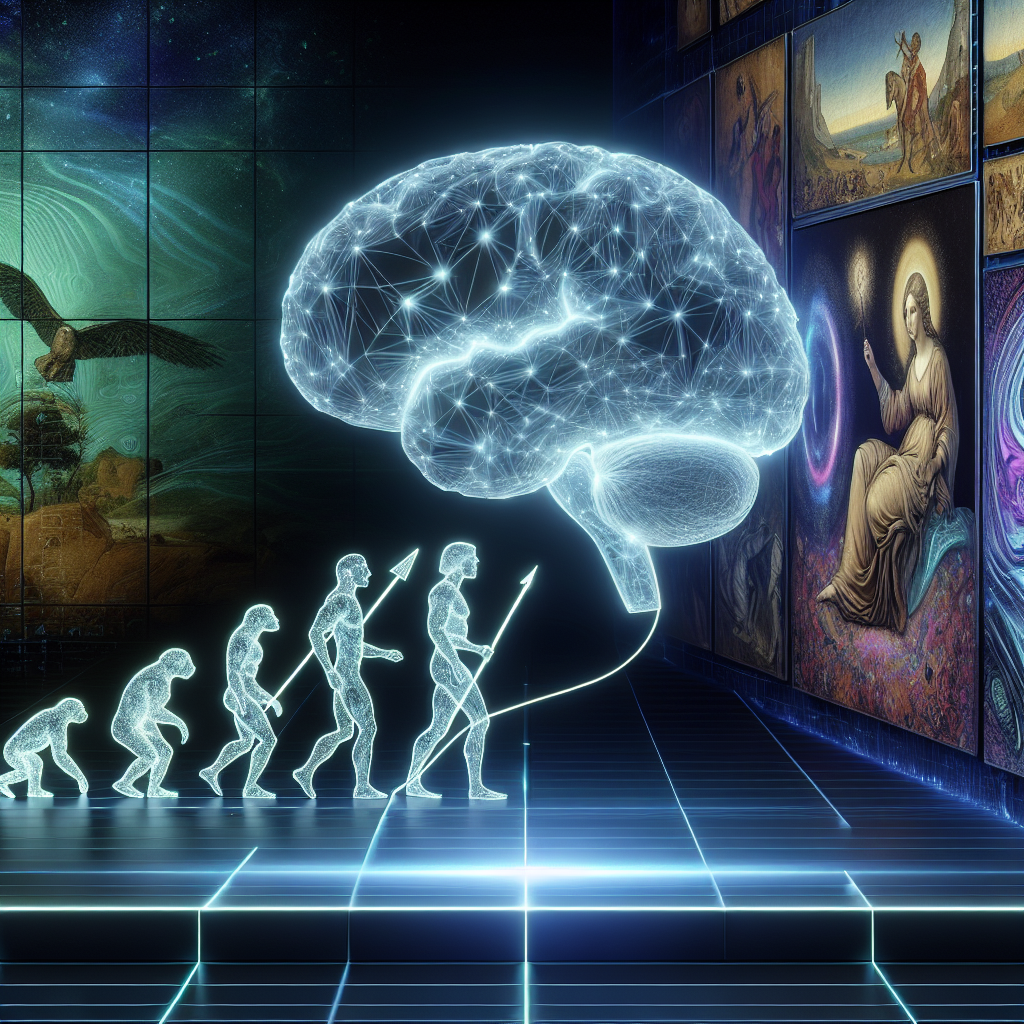Your cart is currently empty!
Artificial Intelligence and the Evolution of Art: A New Era of Creativity

Artificial intelligence (AI) has been making waves in various industries, from healthcare to finance to transportation. But perhaps one of the most intriguing and exciting areas where AI is making a significant impact is in the world of art.
The evolution of art has always been closely tied to technological advancements. From the invention of perspective in the Renaissance to the use of photography and digital media in contemporary art, technology has always played a crucial role in shaping artistic expression. And now, with the rise of AI, we are witnessing a new era of creativity unfold.
AI is transforming the way art is created, consumed, and experienced. One of the most prominent ways in which AI is revolutionizing the art world is through the creation of artworks themselves. AI algorithms can analyze vast amounts of data, learn from patterns, and generate unique and original pieces of art. From paintings to music compositions to sculptures, AI is pushing the boundaries of what is possible in the realm of creativity.
One of the most famous examples of AI-generated art is the portrait of Edmond de Belamy created by the French art collective Obvious using a Generative Adversarial Network (GAN). The portrait was sold at auction for over $400,000, sparking a debate about the role of AI in the art world and the definition of creativity.
But AI is not just creating art, it is also helping artists enhance their creative process. Artists can use AI tools to experiment with new techniques, explore different styles, and push the boundaries of their own creativity. For example, AI-powered software like Runway ML and DeepDream allow artists to generate surreal and dreamlike images, opening up new possibilities for artistic expression.
Furthermore, AI is changing the way art is curated and exhibited. Museums and galleries are increasingly using AI algorithms to analyze visitor data, personalize the viewing experience, and recommend artworks based on individual preferences. This not only enhances the visitor experience but also opens up new avenues for artists to reach a wider audience.
However, as with any technological advancement, there are also concerns and challenges associated with the integration of AI in the art world. Questions about authorship, originality, and the role of the artist in the creative process are being raised. How do we define art created by AI? Who owns the rights to AI-generated artworks? These are complex and nuanced issues that the art world is grappling with as AI continues to evolve.
Despite these challenges, it is clear that AI is ushering in a new era of creativity in the art world. Artists and technologists are collaborating to explore the possibilities of AI in art, pushing the boundaries of what is possible and redefining the role of technology in artistic expression. As AI continues to evolve, we can expect to see even more groundbreaking and innovative artworks that challenge our perceptions of creativity and the human experience. The future of art is here, and it is exciting.

Leave a Reply